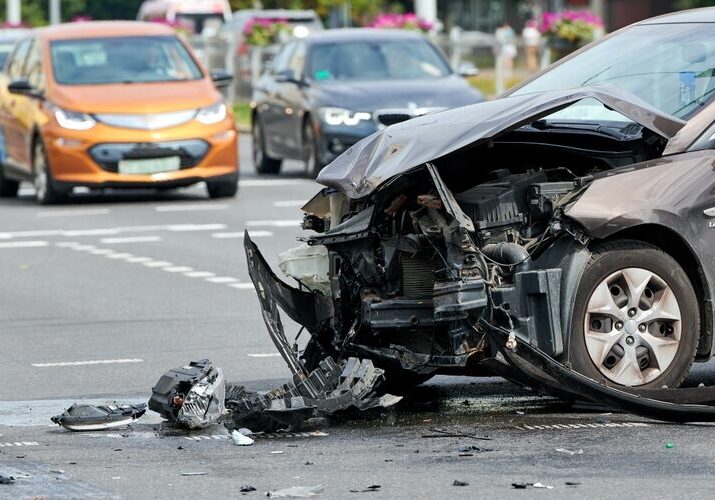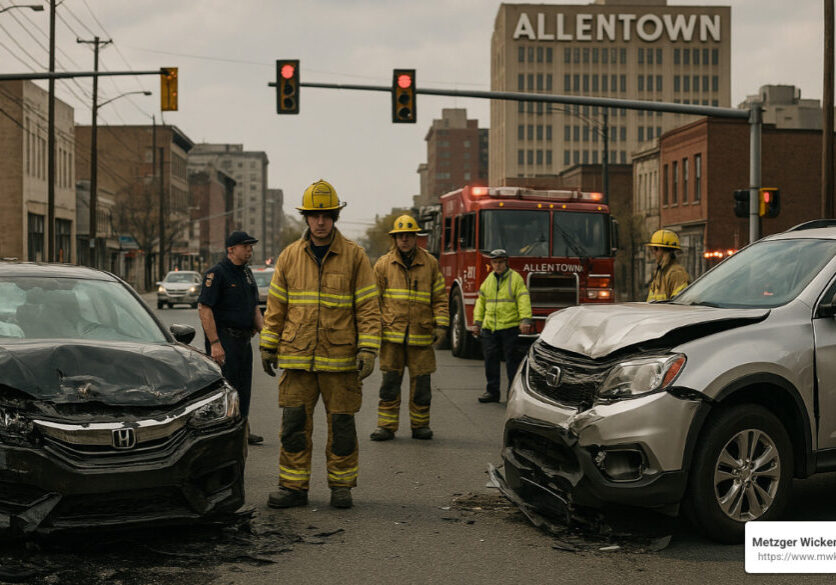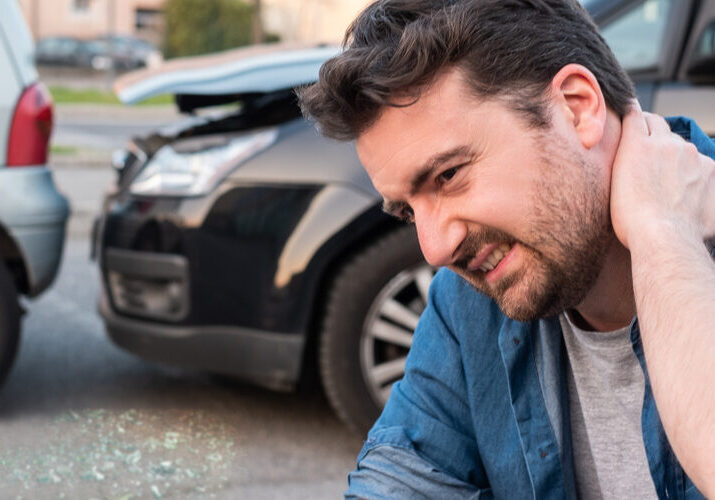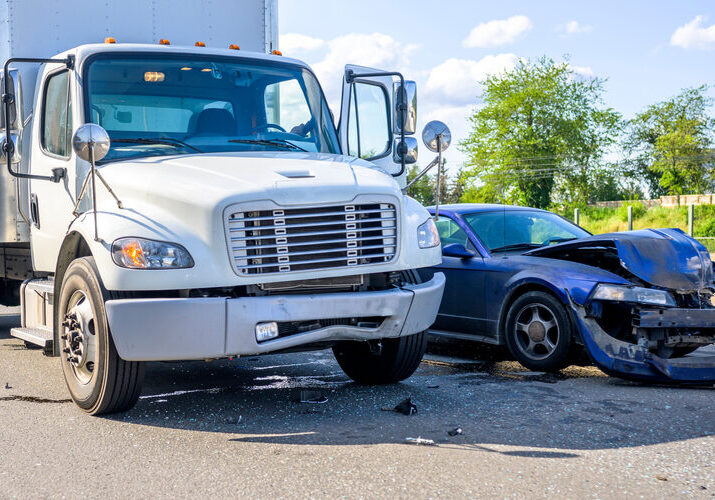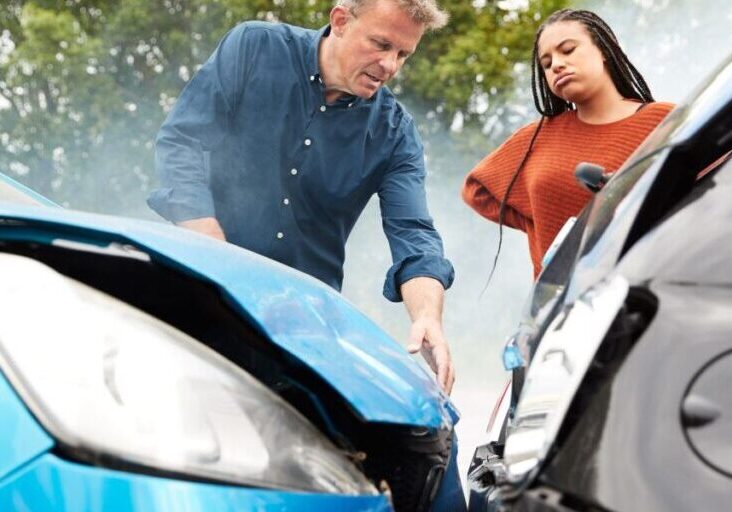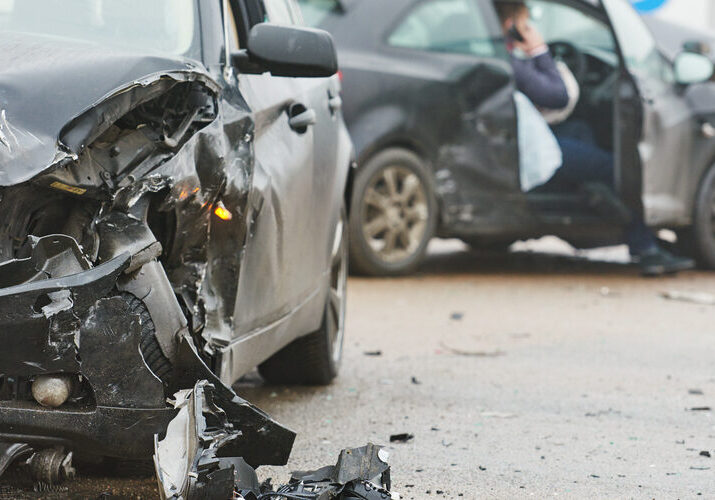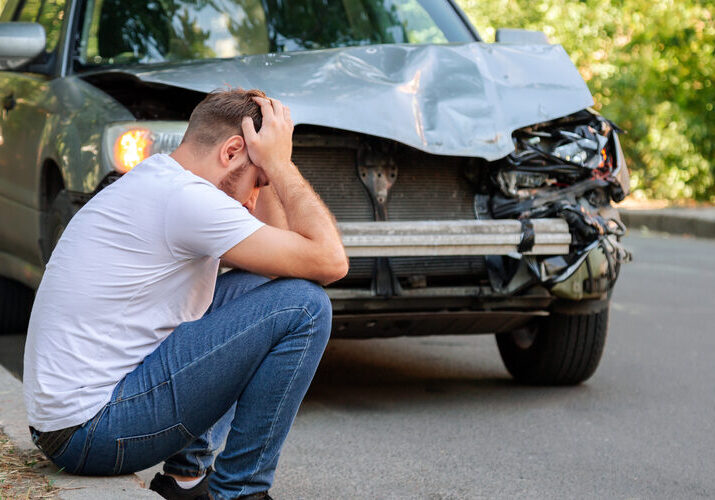Allentown, PA Car Accident Lawyers: A Comparative Guide
Finding the Right Legal Support After an Accident If you're searching for Allentown Pennsylvania car accident lawyers, you likely need...
Your Guide to Finding a Car Accident Attorney in Harrisburg
Navigating the Aftermath of a Car Accident in Harrisburg If you've been involved in an accident and need a harrisburg...
Harrisburg Car Injury Attorneys: Your Guide to Legal Success
Why a Harrisburg Car Injury Attorney is Essential After Your Accident If you've recently been injured in a Harrisburg car...
Crash Course: Choosing the Right Allentown Car Accident Lawyer
Why Hiring an Allentown Car Accident Lawyer Matters If you've recently been hurt in a car accident and need quick...
Legal Lifelines: Navigating Car Accident Advice
When Life Takes a Sudden Turn: Car Accident Legal Advice Car accident legal advice is crucial immediately after a crash....
Step-by-Step Guide to Finding a Truck Accident Lawyer in Harrisburg
If you're looking for a truck accident lawyer harrisburg, you want prompt and effective legal representation to secure the...
Your Neighborhood Guide to Car Accident Injury Lawyers
When you're unexpectedly involved in a car accident, it feels like your world has turned upside down. The immediate...
Securing Legal Representation for Truck Accidents: A Comprehensive Guide
Truck accident legal help is crucial if you're seeking justice after a severe collision. Whether you're overwhelmed by the...
Your Guide to Finding a Nearby Auto Accident Attorney
Auto accident lawyer near me. Navigating through the aftermath of a car accident can be overwhelming, especially when dealing...
In the Driver’s Seat: Choosing a Motor Vehicle Accident Lawyer in Philadelphia
Motor vehicle accident attorney philadelphia pa services are crucial for anyone involved in a car accident, which can turn...



